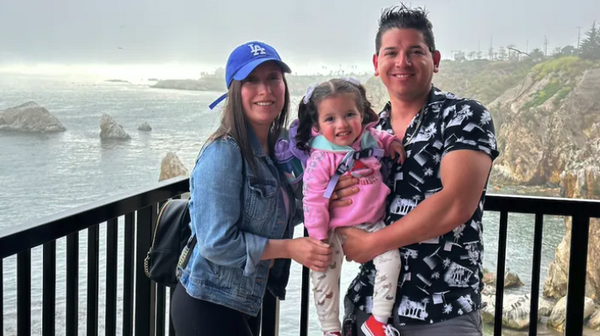
Football is a sport rooted in collision. Gruesome injuries are commonplace. Cognitive dissonance is a must to cheer on players willing to sacrifice years from their lives in order to fuel the biggest sport in America.
It takes a pretty big wedge to grind the gears of that multi-billion dollar industry to a stop. But on Monday night, in one of the most anticipated games of the season, Damar Hamlin’s shocking on-field collapse and cardiac arrest did just that.
For hours, the country seemed captivated by what happened to the 23-year-old safety. This wasn’t a torn ACL or a concussed player stumbling to the sideline. It wasn’t the kind of injury that could be laid away as a debt to be paid with shaky hands or blotted memories years down the line. This was unavoidable, a consequence of the sport we love and the danger inherent in it. Hamlin made a routine play, a tackle after a reception, sprang to his feet, then suddenly collapsed.
It was a moment that resonated through our television screens. It was something fans grasped the seriousness of through the reactions on the field. Players in the prime of their lives — players whose physical condition borders on superhuman — were confronted with the undeniable fact that strength and toughness can each be betrayed by one wrong move, even one that looks like nothing. Bills players weren’t just praying for a teammate that loved and respected; they were, perhaps, staring at their own mortality on one night, of many, when they were just supposed to be playing a game.
There is no upside to a young man fighting for his life through minute after minute of cardiopulmonary resuscitation on the field. There is only cold comfort when players strip down their pads and face decisions about leaving for the hospital. But in the fray, moments of humanity shone through.
When NFL protocol, woefully unequipped to handle a life-and-death situation, reportedly called for players to take the field after a five-minute break (something the NFL later denied despite ESPN suggesting otherwise at the time), Cincinnati Bengals head coach Zac Taylor met with Buffalo Bills counterpart Sean McDermott to lend his support in delaying the game. Reports around Cincinnati suggest it was the players, coaches and staff who were the catalyst behind the game’s indefinite suspension — people on the field who understood the priorities at hand and just how hollow anything that followed would have been.
Fans followed suit. Bengals and Bills fans conducted a candlelight vigil outside of the trauma center where Hamlin was listed in critical condition. Online, folks from across the world donated to the second-year player’s modest charity. In six hours, more than $3 million was raised for The Chasing M’s Foundation, a toy drive in Hamlin’s hometown of McKee Rocks, Pennsylvania that began with a $2,500 goal (you can donate here). In a sport that’s generally divided down fanbase lines, people came together in hopes of helping. It was one small thing they could control in the face of a scary universe that can take a top 0.01 percent athlete and put his life in the hands of medics in a matter of seconds.
In one routine play, the brutality of America’s biggest sport and the fragility of our lives took center stage. Hamlin’s collapse and the weight of the minutes that followed forced us to look inward. The ghouls among us acted accordingly. The vast majority used the opportunity to do something better.
The NFL will churn forward. The 2022 season will conclude with or without a Week 17 result from the Bills and Bengals. But the game will feel different, at least for a little while. We’ll think about Hamlin. We’ll think about the players with injuries whose true costs won’t come due until long after they’re done playing. We’ll consider the range of suffering that comes with a sport beautiful enough to unite fans in the face of tragedy and callous enough to provide countless opportunities to do so.
Will anything really change? Probably not.
But for one moment, one horrible injury forced the football world to confront the fragile line the players so often taken for granted as superheroes have to walk. Maybe that’s enough to spur the league into frank discussions about player well-being and reforms, like more comprehensive post-career health care.
Or maybe it’ll simply be another opportunity to offer vague platitudes on a video board and hope the Super Bowl fixes everything.







